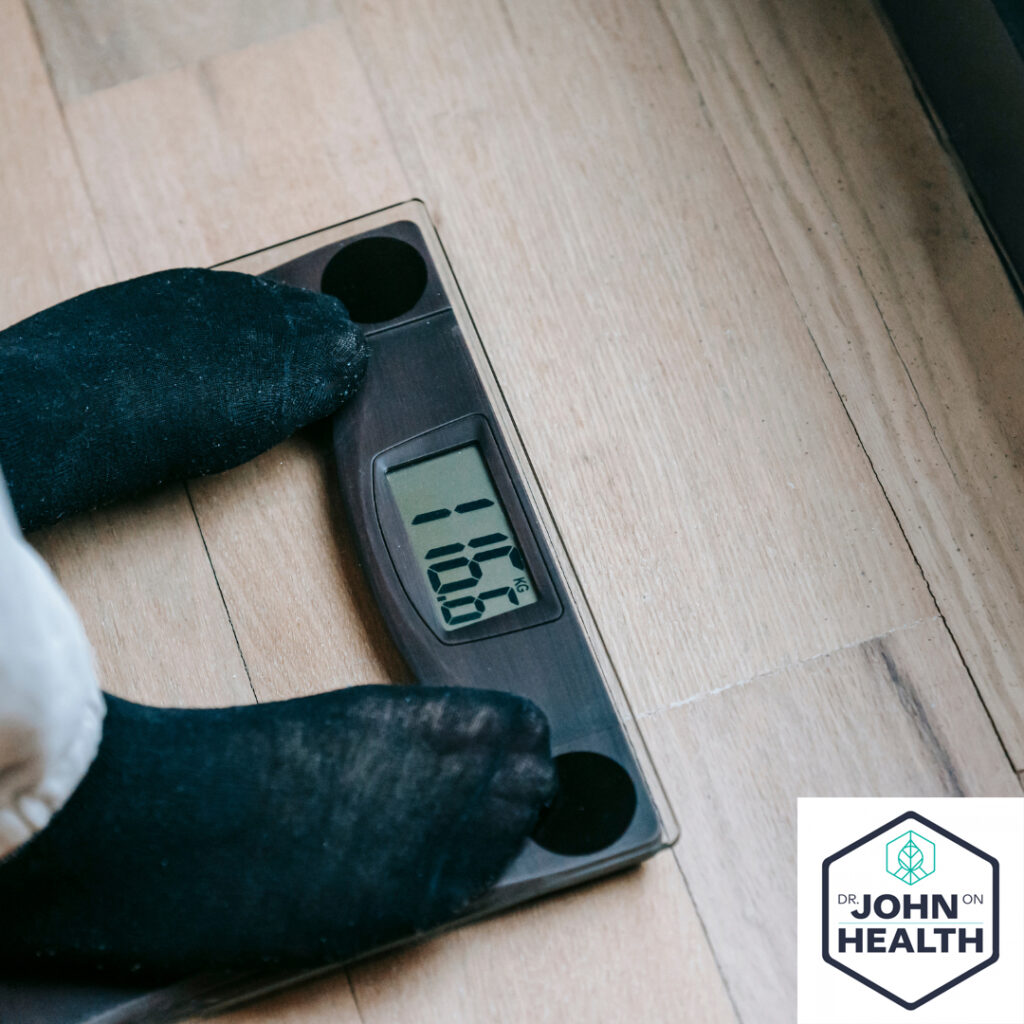What to Eat to Prevent or Reverse Diabetes – Not All Carbs Are Equally Bad For You
 Since I am advising against the consumption of grain-based carbohydrate both to prevent or reverse diabetes, you may wonder about plant-based carbohydrate, such as from fruits and vegetables, and how much of those I recommend.
Since I am advising against the consumption of grain-based carbohydrate both to prevent or reverse diabetes, you may wonder about plant-based carbohydrate, such as from fruits and vegetables, and how much of those I recommend.
First of all, I do not recommend a specific quantity of carbohydrate, regardless of its source, to be consumed with any meal. This is because NO carbohydrate has been found to be an essential nutrient for humans. Your liver can manufacture all the glucose the body needs from other nutrients such as amino acids even if your meal contains no carbohydrate. And since the liver can store only 120 grams of carbohydrate at a time, not much is needed if you are eating fruits and vegetables.
However, there are important differences among the types of plant-based carbohydrates that impact human health in different ways. It is helpful to understand this, because not all carbs are created equal.
Different plant-based foods provide different amounts and types of carbs.
Plants with resistant starch
One class of carbohydrates are called “resistant starch,” because their degradation products escape digestion in the small intestine of healthy individuals. This means they produce very little glucose that gets absorbed into the bloodstream. The content of naturally occurring resistant starch varies from one plant product to another. But overall, eating plants that contain resistant starch will have a lower impact on your blood sugar compared to the same volume of a grain-flour food. Examples of plant foods containing resistant starch are white beans, peas, banana flour from green bananas, raw slightly green bananas, lentils, and specifically altered potatoes and corn.
Plants with low-glycemic carbs
The “glycemic index” is a number associated with a food’s effect on the rise in a person’s blood glucose level two hours after consumption of the food. Some foods produce carbohydrate that breaks down very slowly in digestion and therefore cause a gradual elevation blood sugar. Other plant-based foods contain carbohydrate that is broken down faster and causes blood sugar to rise quickly. Many beans, lentils, nuts and most vegetables are classified in the low glycemic index category. A few vegetables, such as carrots and potatoes are higher in the glycemic index than vegetables like broccoli, cauliflower, asparagus, and other common dinner companions. Most fruits are low in their glycemic index.
The highest plant-based glycemic index foods are grains—wheat, oats, rice, barley—and foods made with those grains (bread, pasta, pizza, noodles). This means that your blood sugar values measured two hours after a meal are likely to be significantly lower after a meal composed mainly of vegetables, compared to a meal containing grains or made from grain-flour products.
Plants with oligosaccharides
While a molecule of grain flour can break down into thousands of molecules of glucose, an oligosaccharide typically contains only two to ten molecules of simple sugars. These sugars get attached to many amino acids and fat molecules and serve important biological functions in the body. Some of the oligosaccharides provide nourishment for health-promoting bacteria residing in the intestine. For babies, breast milk is a source of oligosaccharide to promote the growth of beneficial bacteria in their intestine. Jerusalem artichoke, burdock, chicory, leeks, onions, and asparagus are good sources of oligosaccharides, Yacon, a tuber commonly cultivated in the Peruvian Andes has a higher percentage of oligosaccharide compared to most other food items for humans. Some farmers in the US are trying to grow yacon in this country and plants can be purchased from nurseries if you want to grow your own.
Conclusion
When you put all this together, the big take-away is that the more plant-based foods you consume, except for grains, the better chances you have at keeping your blood sugar consistently low. This will help you avoid diabetes or reverse it if you already have been diagnosed.
Are you worried about developing or having Type 2 diabetes?
 If you are overweight or concerned about getting diabetes, Eat Chew Live provides exactly the new science & inspiration you need.
If you are overweight or concerned about getting diabetes, Eat Chew Live provides exactly the new science & inspiration you need.
Based on more than twenty years of research, Eat Chew Live offers a revolutionary new explanation of high blood sugar and Type 2 diabetes. While traditional medicine says it is due to “insulin resistance,” Dr. Poothullil disagrees. Eat Chew Live will show you:
- How the consumption of grains causes your body to develop high blood sugar
- How you can lower your blood sugar to avoid or reverse Type 2 diabetes without using drugs.
- How you can change your eating habits to avoid grains while still enjoying every meal
There are no special diets to follow or products to buy. Read the book.
Learn how you can lose weight once and for all, eat for health, and prevent diabetes.


